Lung cancer is the third most common cancer, accounting for approximately ten percent of all malignancies in Malaysia. Although tobacco use and smoking are the key risk factors for lung cancer, not everyone diagnosed with lung cancer are smokers.

With the thought of wanting to know more about lung cancer, we approached Consultant Clinical Oncologist from Pantai Hospital, Kuala Lumpur and Subang Jaya Medical Centre, Dr. Mastura Md Yusof to share with us some basic information on this deadly disease.
1Twenty80: What would you say are the primary factors that cause lung cancer?
Dr. Mastura Md Yusof: One in 55 Malaysian men were diagnosed with lung cancer, compared to one in 135 women in the National Cancer Registry database, so more men are affected by this cancer than women.
Nonetheless, non-smoking women are also at risk of getting lung cancer and the rate of lung cancer incidence in non- smokers is also increasing. Some of the underlying causes that may present itself among non-smoker individuals include:
- Increasing of age.
- Exposure to outdoor air pollution.
- Radon gas and cancer-causing agents such as asbestos, arsenic, uranium, and second-hand smoke.
- Higher genetic susceptibility and low consumption of fruit, vegetables, and micronutrients are one of the many factors for non-smokers to develop lung cancer.
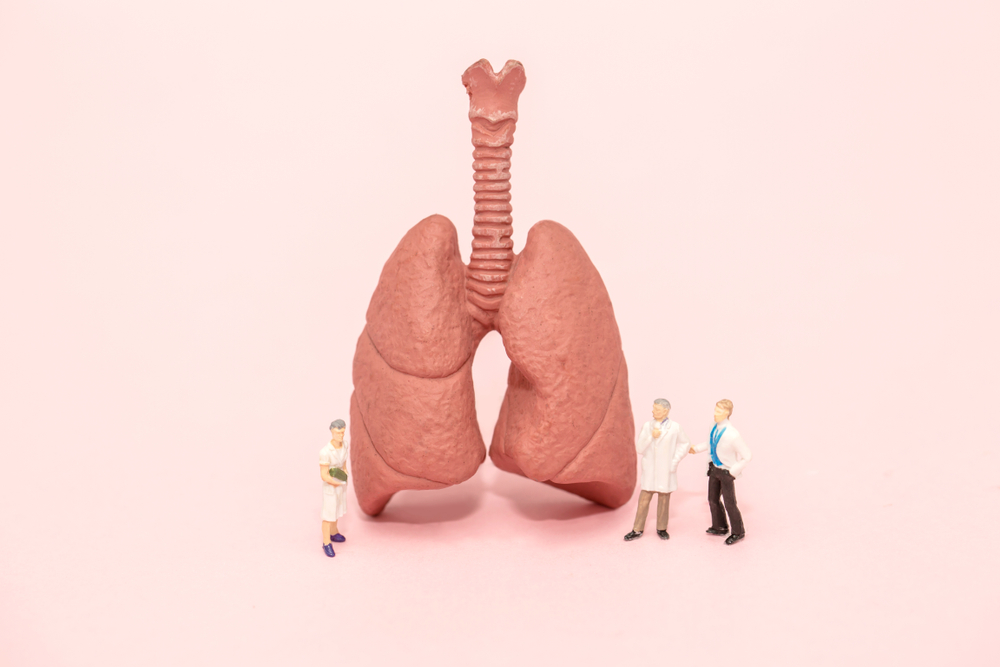
1Twenty80: What are the factors that have contributed to lung cancer being the number one cancer among Malaysian men?
Dr. Mastura: Among the various risk factors mentioned, men are prone to develop lung cancer due to a higher likelihood of smoking or being exposed to secondhand smoke. The prevalence of smoking is high in Malaysia; as much as 50 percent of all adult males are smokers and 92 percent of male lung cancer patients have a significant smoking history. Men who have started smoking at an earlier age, smoke a higher average number of cigarettes per day and for longer duration as compared to women.
1Twenty80: Are there different types of lung cancer?
Dr. Mastura: Yes and it is important to know that not all lung cancers are the same. Patients may either have:
- Small Cell Lung Cancer (SCLC)
- Non-small Cell Lung Cancer (NSCLC)
Although the majority of patients (80-85 percent) will have NSCLC. The two groups of lung cancer are very different in terms of their behaviours and treatment.
The most common subtype within NSCLC is adenocarcinoma and this is also the primary subtype that occurs among non-smokers. For lung adenocarcinoma, doctors may perform further tests on the tumour tissue to look for certain genetic mutations that could be responsible for cancer growth. These tests are called molecular analysis, biomarker, or genomic tests. The information provided in this genomic profile of the tumor helps in determining the most suitable treatment for the cancer.
One common misconception that many seem to have is that lung cancer only affects older people. The age-standardised incidence rate of lung cancer increases rapidly from the age of 45 years to its peak at 60 to 74 years old age groups.
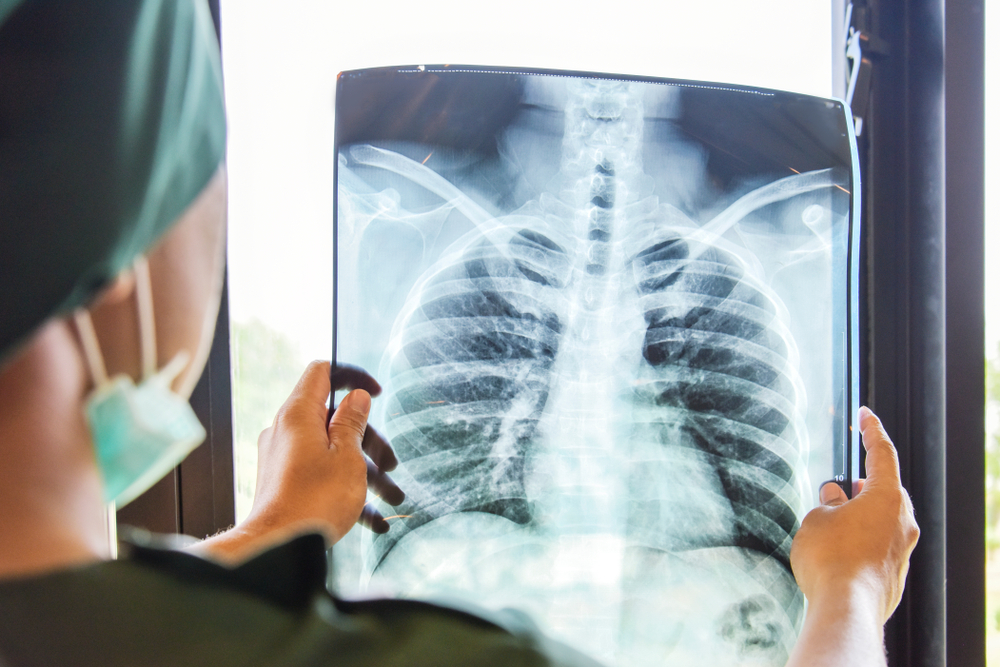
1Twenty80: Could you share with us the stages of lung cancer and what are the differences between each stage?
Dr. Mastura: For Non-Small Cell Lung Cancer (NSCLC), the stages range from Stage 1 to Stage 4. As a rule, the higher the stage, the higher the extent of cancer spread. If a patient has stage 4 lung cancer, this means that the cancer cells have spread beyond the lungs.
A brief example, the stages for Non-Small Cell Lung Cancer (NSCLC) are as below:
- STAGE 1: When cancer is confined in the lung and has not spread outside it.
- STAGE 2: Cancer is found in the lung and affects just the nearby lymph nodes.
- STAGE 3: The lung cancer has spread to more distant lymph nodes but still within the region of the chest.
- STAGE 4: Cancer has spread to both lungs or to distant organs.
Small-cell lung cancer (SCLC) is grouped into two main stages; limited and extensive Limited stage cancers are confined to lung or nearby lymph nodes on the same side of the chest.
Extensive stage cancer has spread to other parts of the body.
1Twenty80: What is an average age for a lung cancer diagnosis?
Dr. Mastura: One common misconception that many seem to have is that lung cancer only affects older people. The age-standardised incidence rate of lung cancer increases rapidly from the age of 45 years to its peak at 60 to 74 years old age groups. So yes, lung cancer can also occur among the younger population as well. What’s more interesting is that younger patients with lung cancer are more likely to be non-smoker compared to older patients.
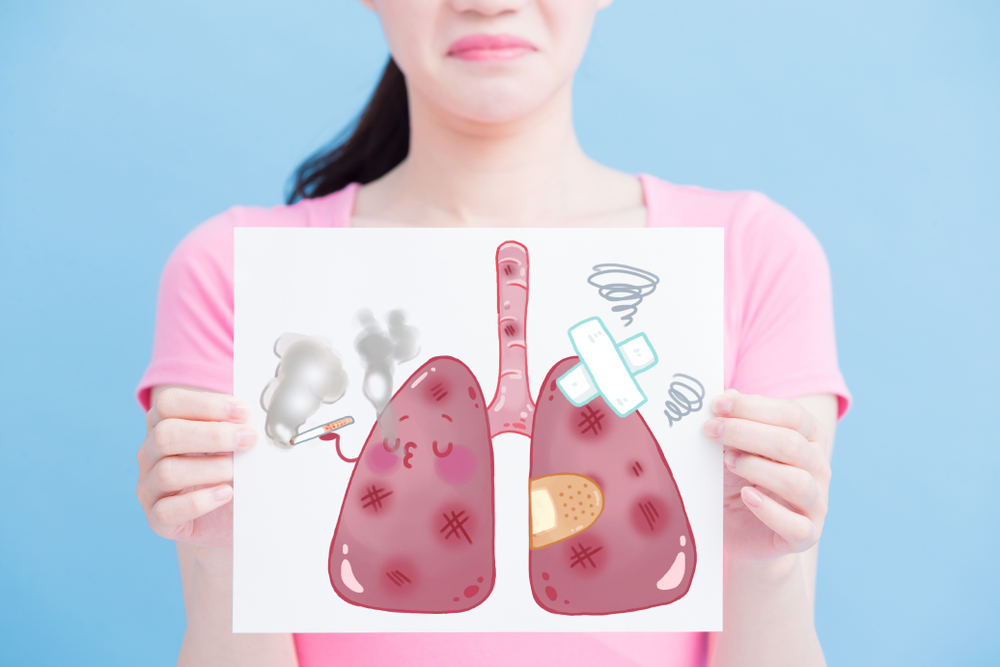
1Twenty80: What is the most common way to diagnose lung cancer?
Dr. Mastura: Few lung cancers are found by screening. Majority of the patients have experienced some symptoms before their first visit with a healthcare professional. If lung cancer is suspected after the initial medical history, physical examination and blood tests, some tests and procedures will be done to confirm the diagnosis. Some of which includes:
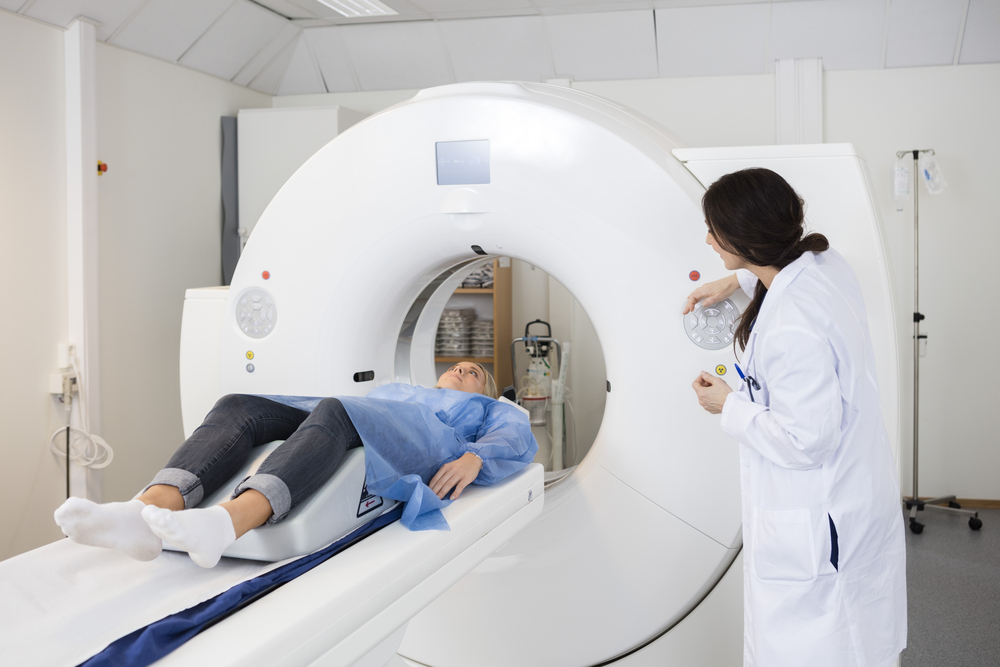
- Imaging scans such as Chest x-ray, Computed tomography (CT) scan, Magnetic resonance imaging (MRI) scan, Positron emission tomography (PET) scan, or Bone scan
- Sputum cytology test, Bronchoscopy, Thoracentesis, CT- guided Lung Biopsy
- Mediastinoscopy, thoracoscopy
One of the mandatory processes to confirm lung cancer is through a biopsy. It is a process done to obtain a small sample of tissue from the lung tumour, lymph nodes or metastatic site that will then be examined in the lab.
Apart from that, Immunohistochemistry tests are conducted to confirm the tumour is originating from the lung and molecular tests to analyse the genetic profile and determine appropriate treatment, will also be done.
Most lung cancers in general do not cause any symptoms until they have spread, but some individuals may show early signs of having lung cancer.
1Twenty80: When a person is diagnosed with lung cancer, what is the next step they should take? Should they get a second opinion?
Dr. Mastura: While a cancer diagnosis may come as a shock, time should not be wasted as early informed decisions are vital to get started on appropriate treatments for better clinical outcomes. Having an open conversation with the treating oncologist to understand the relevant details of their treatment journey is the best first step to chart on their management course. It is always good to depend on a doctor’s consultation and advice rather than any non-credible source of information.
1Twenty80: At what stage do the symptoms of lung cancer usually appear?
Dr. Mastura: Most lung cancers in general do not cause any symptoms until they have spread, but some individuals may show early signs of having lung cancer. Patients should visit a doctor as soon as any symptom develops. This may reduce the chances of the cancer worsening.
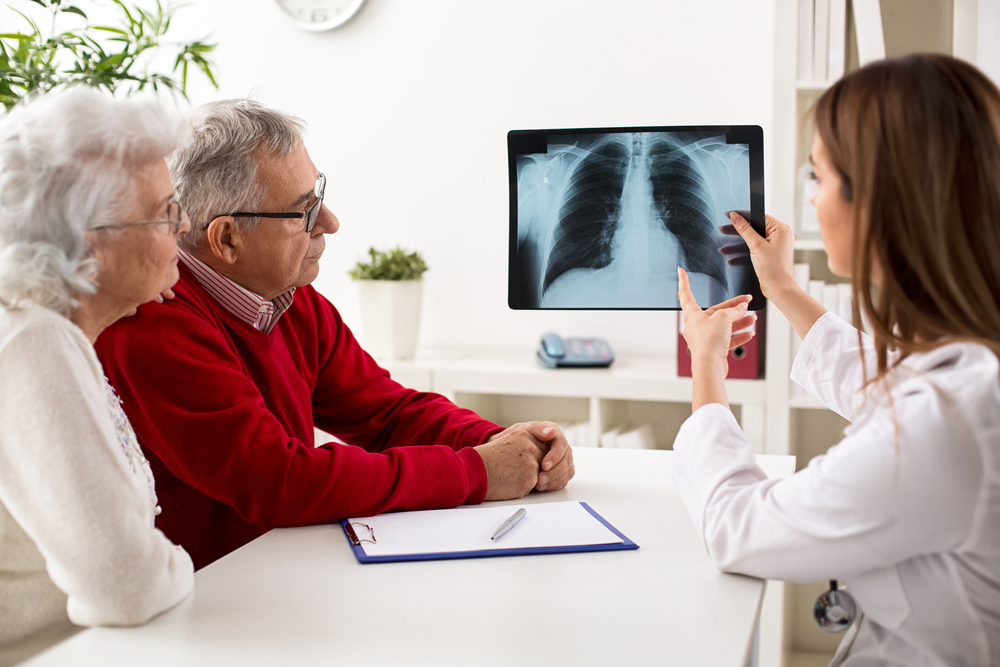
1Twenty80: What are some of the common symptoms of lung cancer?
Dr. Mastura: Some of the most common potential initial symptoms of lung cancer are:
- Hoarseness
- Shortness of breath
- Feeling tired or weak
- New onset of wheezing
- Cough that does not go away or gets worse
- Coughing up blood or rust-colored sputum (spit or phlegm)
- Chest pain that is often worse with deep breathing, coughing, or laughing
- Loss of appetite and unexplained weight loss
- Infections such as bronchitis and pneumonia that won’t go away or keep coming back

1Twenty80: Can the symptoms vary among individuals?
Dr. Mastura: Yes, it varies depending on the individual, and stage of the lung cancer. Lung cancer can affect anyone and may not produce noticeable symptoms in the early stages. Hence, in many cases, patients are not diagnosed until the disease is already advanced.
1Twenty80: What are the treatments available for lung cancer?
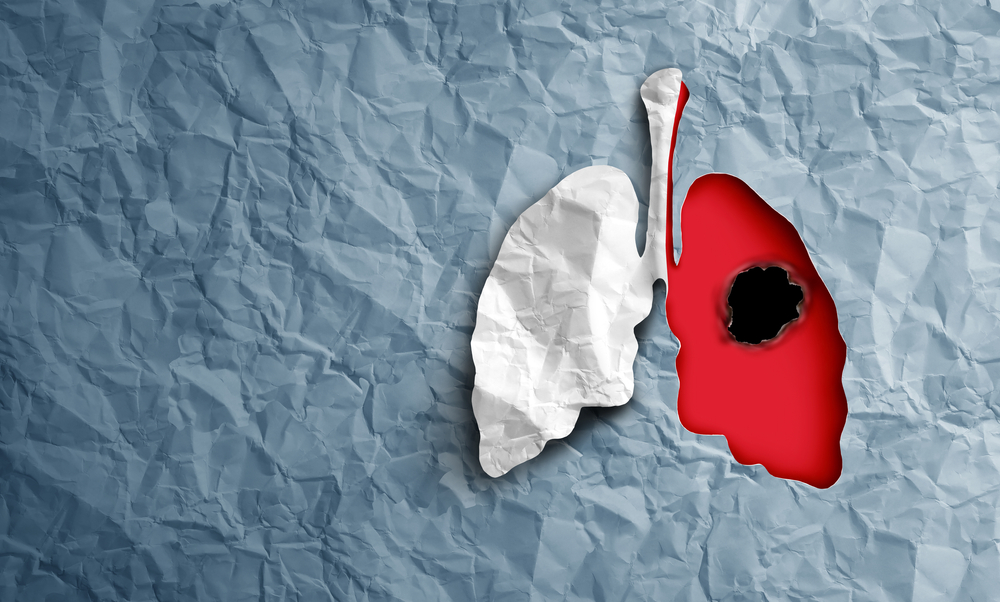
Dr. Mastura: Based on the lung cancer diagnosis, molecular profile, medical history, as well as other relevant clinical factors, a treatment plan will highly be recommended. Of course early detection and earlier stages have higher cure rates via surgery or concurrent chemoradiotherapy. Meanwhile with treatment advancements, patients with advanced lung cancer may also experience prolonged survival benefits with good quality of life such as targeted therapies which targets the cancer’s specific genes, proteins, or the tissue environment that contributes to cancer growth and survival. This type of treatment blocks the growth and spread of cancer cells and limits damage to healthy cells. Treatments that enhance the immune system to target cancer cells are also well established in suitable lung cancer patients nowadays.
1Twenty80: What modifications can lung cancer patients make that enables them to have a higher quality of life?
Dr. Mastura: One of the most important things for cancer patients is to make sure they get the balanced nutrition they need to keep their body strong during treatment. As the saying goes – “it’s all about moderation, you need to find your balance”. Besides that, quitting smoking or the use of other tobacco products will provide you with a higher quality of life and reduce the exposure to second-hand smoke. Always speak to your doctor to learn how best to tailor the treatment to suit your type of cancer.
References:
National Cancer Registry, Ministry of Health Malaysia, International Agency for Research on Cancer Malaysia
Sachithanandan, A., et al. 2021. Patient’s Guide To Lung Cancer. National Cancer Society Malaysia and Lung Cancer Network Malaysia, pp.7-8. Available at: <https://www.lungcancer.net.my/patient-handbook/>
Moh.gov.my. 2021; Pg 84 [online] Available at: <https://www.moh.gov.my/moh/resources/Penerbitan/Rujukan/NCD/Kanser/EARLY%20DETECTION%20OF%20COMMON%20CANCERS%20MODULE%20FOR%20HEALTH%20CARE%20 PROVIDERS.pdf> [Accessed 13 December 2021].














